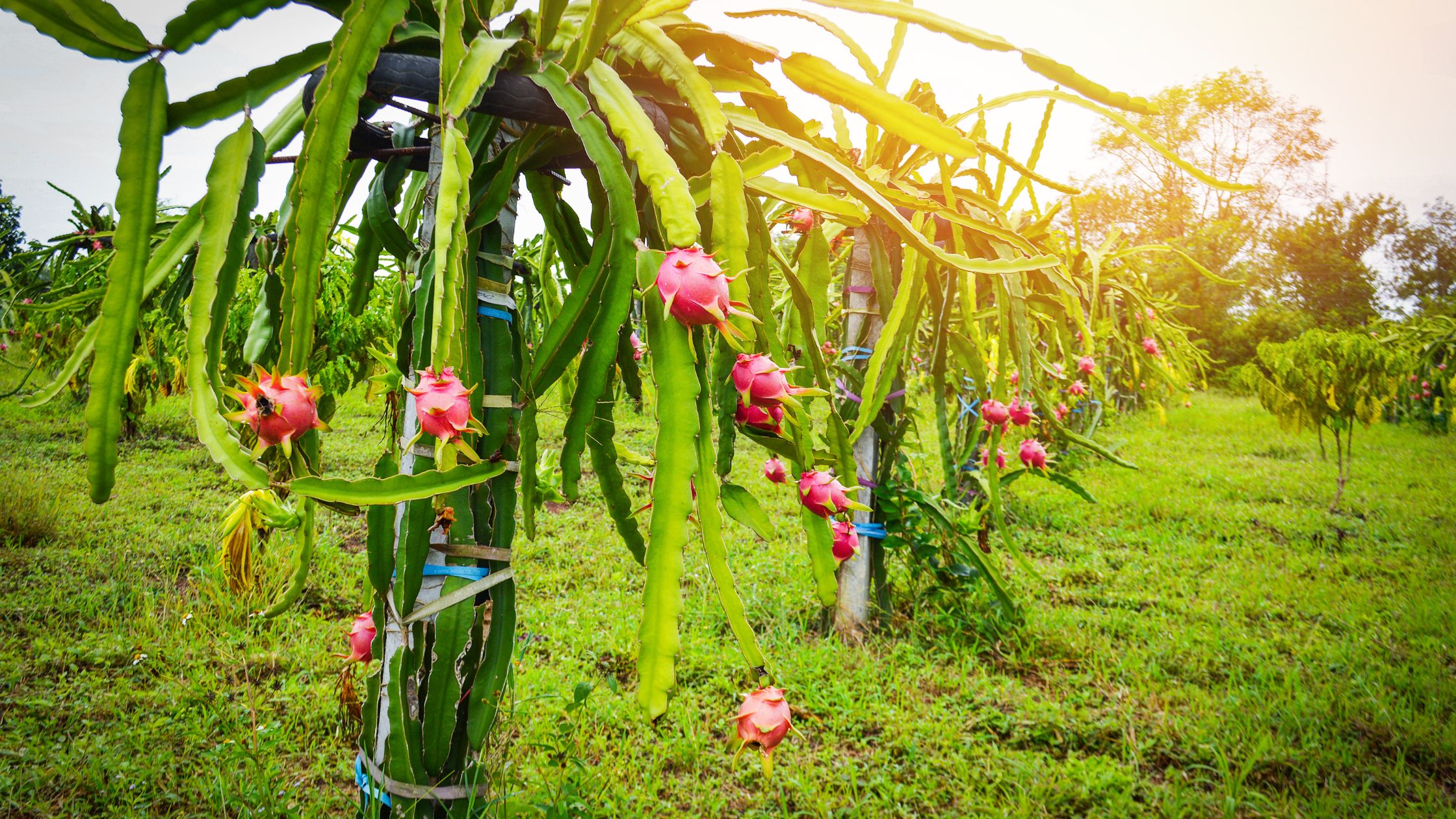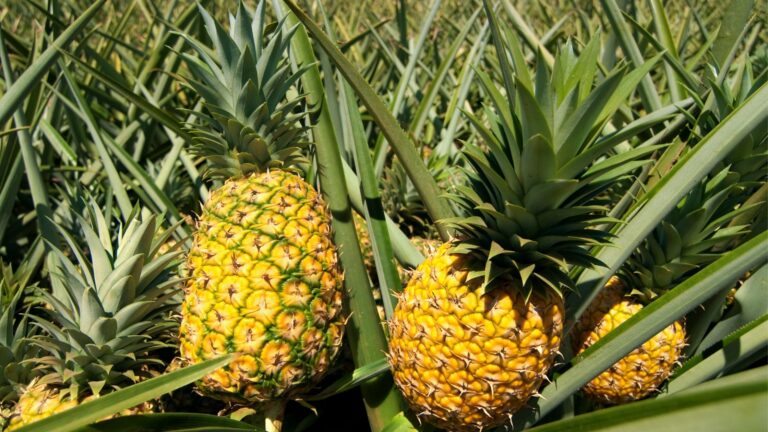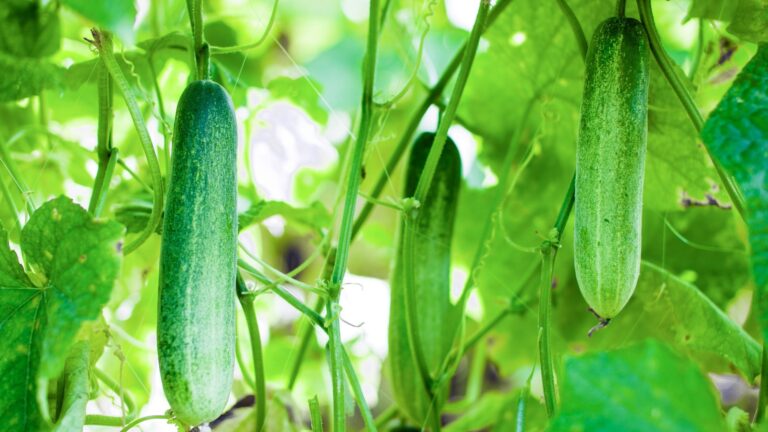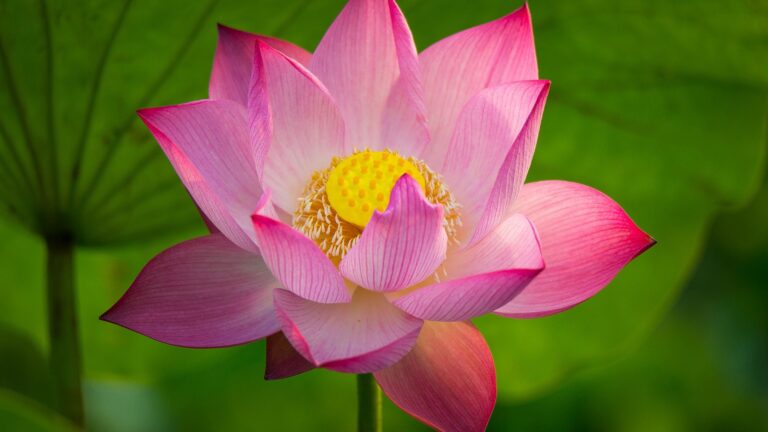Cultivating Dragon fruit: A Modern Gardener’s Guide
Cactus to Culinary Delight: Why Dragon Fruit is Perfect Growing on a climbing cactus, dragon fruit—also called…
Cactus to Culinary Delight: Why Dragon Fruit is Perfect
Growing on a climbing cactus, dragon fruit—also called pitaya or strawberry pear—is a colourful and unique fruit. Its distinctive appearance—a bright pink or yellow exterior with scaly, flame-like “spikes,” evoking the skin of a dragon—gives it its name.
Dragon fruit, with its vibrant colours and unique taste, isn’t just for tropical islands anymore. Growing your own dragon fruit can be a truly rewarding experience, offering not only delicious, nutrient-rich fruit but also a stunning ornamental plant.
As epiphytic cacti, dragon fruit plants (Hylocereus species) grow naturally on other plants or objects rather than in soil. Once established, they require little care due to this special quality, and their eye-catching, large, white flowers, which bloom at night, are a sight to behold.
Establishing the Basis: Sunlight, Soil, and Robust Assistance in Our Environment
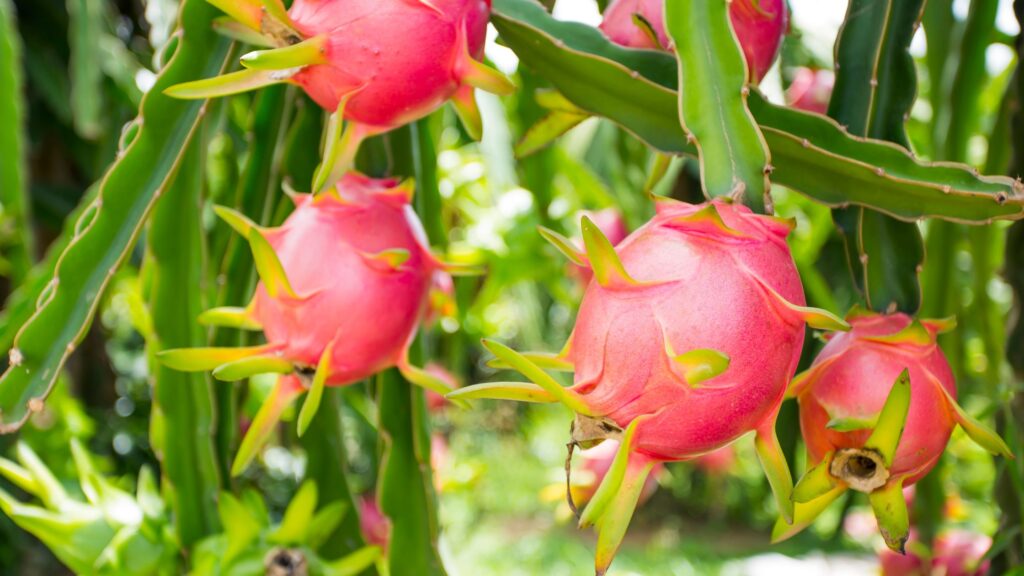
Spot
Our success starts with the fundamentals. Select a location in your garden that receives at least 6 to 8 hours of direct sunlight each day because dragon fruit prefers full sun.
soil
A mixture of one part garden soil, one part well-rotted cow dung compost, one part sand, and a few perlite or brick chips to improve drainage would be a good choice. In order to avoid root rot, which is a common problem for dragon fruit in wet soils, it is essential to replicate their natural, airy growing conditions.
support structure
A strong support structure is arguably the most crucial component for dragon fruit. Just to let you know, it is a climbing cactus and not a tree that can support itself. A sturdy concrete post with a metal or wooden crossbar at the top, approximately 5 to 6 feet tall and 6 to 8 inches thick, works well.
Developing Growth: From Cuttings to Bountiful Harvest
Also read How to Do Dragon Fruit Farming in India: A Complete Guide
Evolving Growth:
From Cuttings to Bountiful Harvests. The most popular and straightforward method is to start dragon fruit from cuttings. Select mature, healthy cuttings that are 10 to 15 inches long from a reputable source or a friend’s plant. In a dry, shaded area, let the cut end callus for 3 to 5 days. By taking this important step, you can avoid fungal infections.
Purning
Pruning is essential. Trim the main stem of the plant when it reaches the top of its support to encourage branching. To increase air circulation and focus the plant’s energy on producing fruit, regularly trim any branches that are weak, diseased, or overcrowded.
Harvesting and Enjoying Your Own Fruit
The harvest at last! After flowering, fruits are usually ready 30 to 45 days later. They will become bright pink or red, and the skin’s “fins” will begin to turn yellow. There will be a slight softness when you gently squeeze it. Take care when twisting them off; avoid pulling!
The fruit’s flesh, which can be white, red, or purple, is studded with tiny, edible black seeds, giving it a texture similar to a kiwi. The flavour is mildly sweet and has been described as a mix between a pear and a kiwi, or even a watermelon.
Also Read: 11 Best Foods to Boost the Immune System in Your Body.

